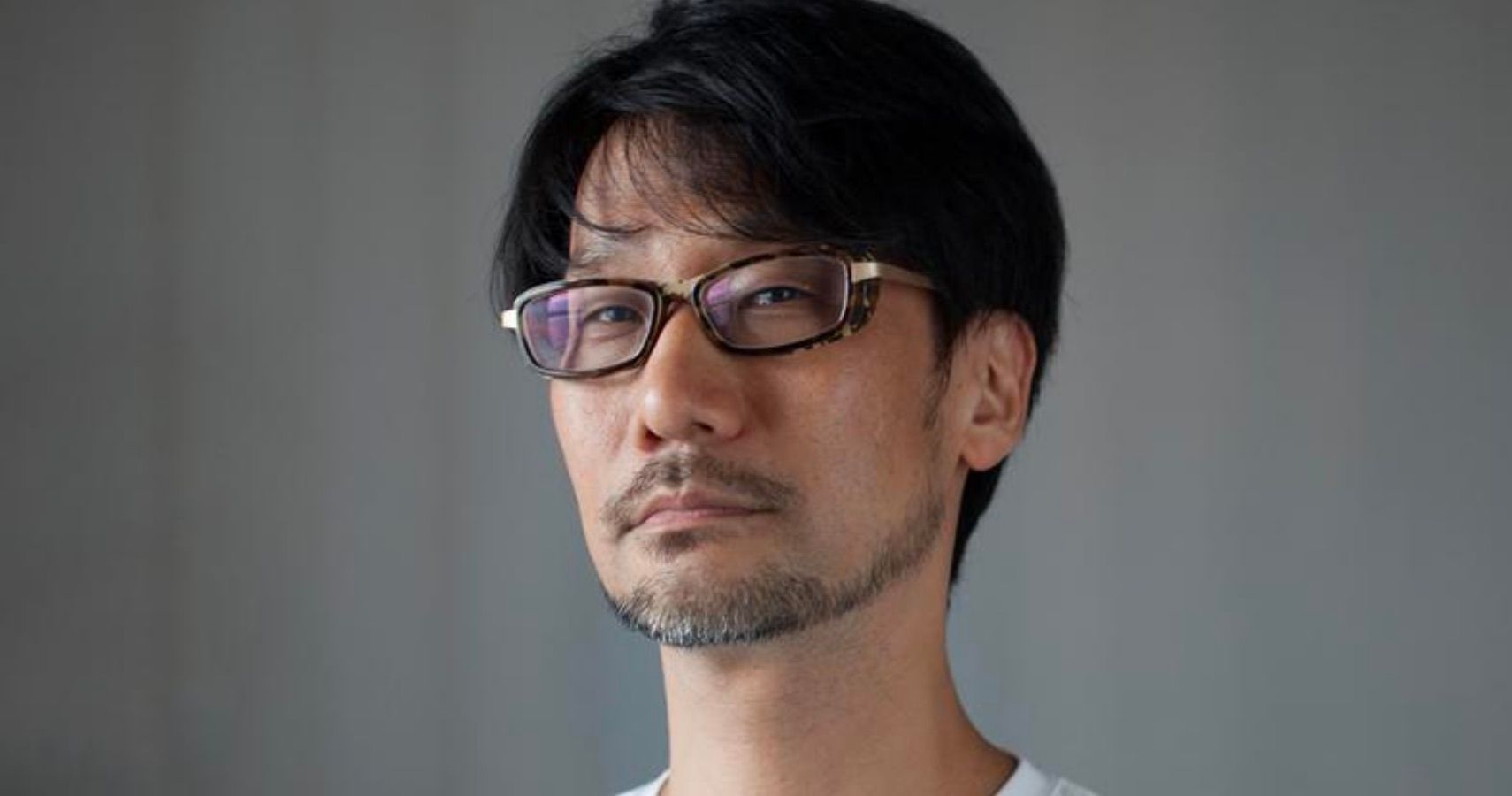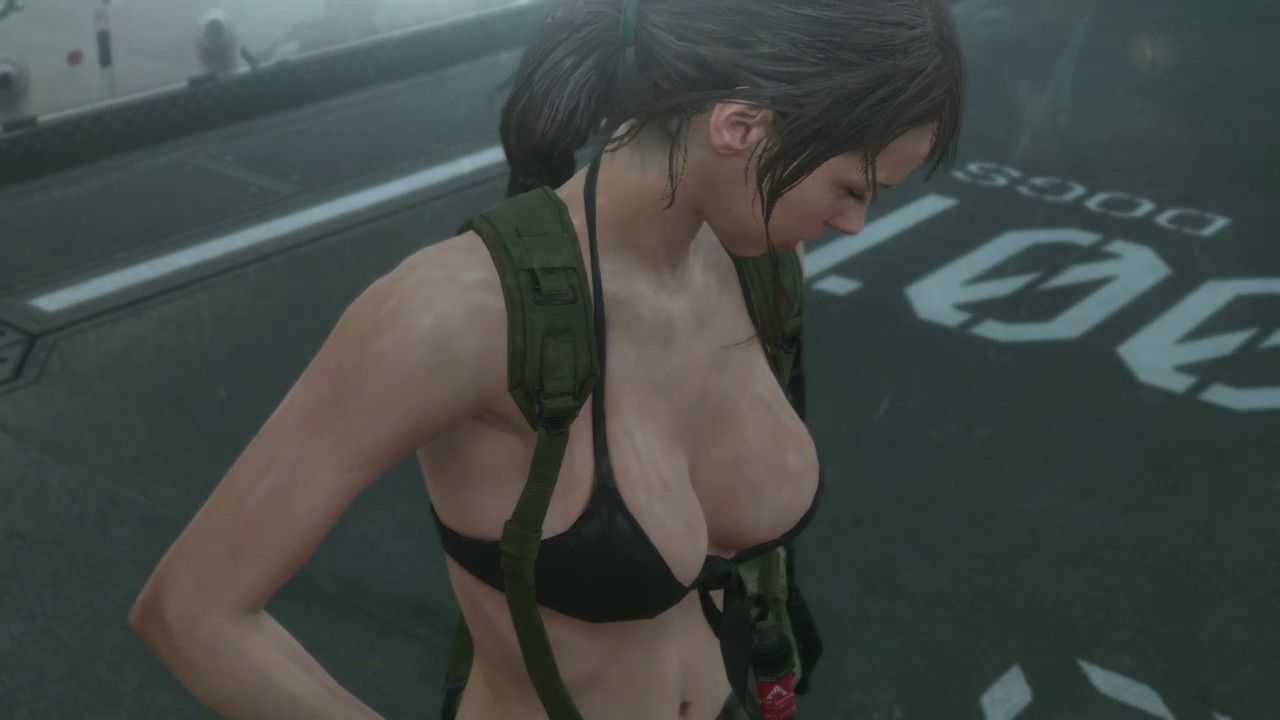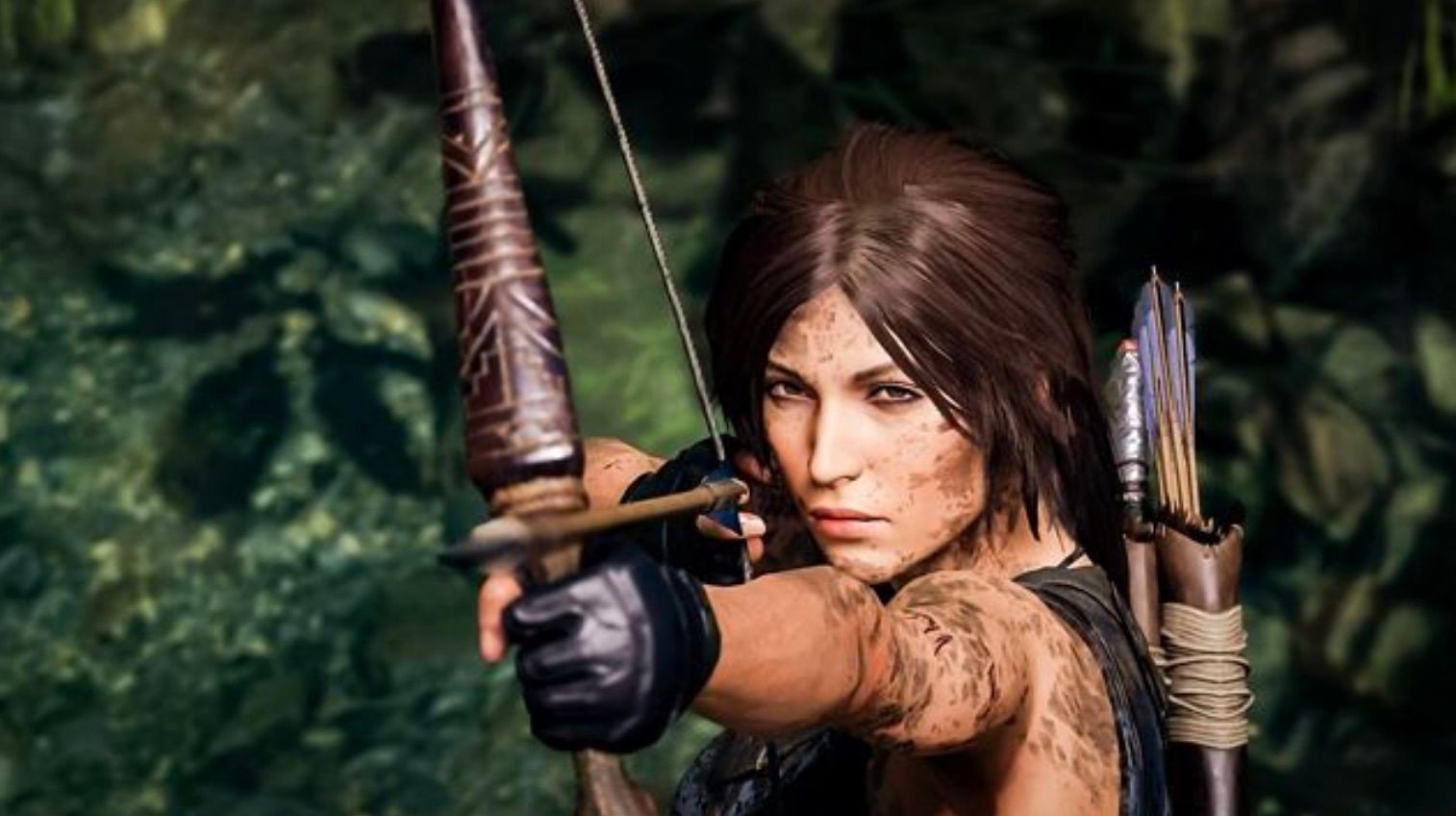With the Metal Gear Solid franchise, famed game director Hideo Kojima has proven he is a very capable storyteller with an eye for the dramatic and a sense of the dimensional properties of individuals. In other words, people are more sophisticated than many forms of art, including video games, have made them out to be but Kojima has generally transcended this, starting with the first Metal Gear Solid installment. Unfortunately, while he knows how to weave complex narratives and build interesting characters, it seems that Kojima's take on female characters may not be quite as impressive or complicated as his ability to create fascinating male characters.
Spoilers ahead for anyone who has not played the Metal Gear Solid series.
Seen But Not Heard
For an example of a deeply uninteresting female character manufactured by Kojima, Metal Gear Solid: The Phantom Pain's Quiet is very one-dimensional. She speaks very few lines and has a character design that would likely appeal to a certain audience. However, being a great shot with a sniper rifle while wearing skimpy clothing does not make for a serious or deep character.
Metal Gear Solid 3: Snake Eater's Eva comes off as a disappointment, too. She acts as a romantic interest for Snake and has many intriguing qualities to start out with. She has fantastic espionage skills and is highly talented when it comes to combat. Eva even thwarts Snake's plans at the very end of the game once players have been lulled into a sense of comfort. However, at the end of the day, Eva is also just another one of Kojima's more uninteresting female characters designed for sex appeal and little else.
There are plenty of other hard examples of Kojima's lack of attention to creating thought-provoking female characters. Sniper Wolf, Fortune, Emma Emmerich, Olga Gurlukovich, and more are indicative of a process that does not involve building female characters worthy of serious analysis compared to far more interesting female protagonists from other games and series. Furthermore, these characters often meet a fatal end thanks to Snake or some other unfortunate circumstance and appear to have ambiguous motivations.
Examples To Follow
Given Kojima's catalog of backburner female characters, there are other series he can learn from in terms of creating female characters, albeit in traditionally eclectic, Kojima-like ways. For starters, Lara Croft from the recent Tomb Raider games is a great example of an expertly-written female character. As someone with a passion for adventure, Croft is a character who grows during the course of her journeys, which put her through insanely stressful situations that often cause physical harm, emotional harm, or both. With the recent Tomb Raider titles, developers Crystal Dynamics and Eidos Montréal ditched the laughable design of the Lara Croft from the original Tomb Raider games for a more realistic approach. Altogether, the recent Tomb Raider games told a very engaging narrative, all thanks to an fully-developed female protagonist.
Ellie from The Last of Us series is another example of a defined female character. While she hadn't reached adulthood in the first The Last of Us, Ellie was a very anxious and passionate character and was part of a broader coming-of-age tale between her and Joel. Developer Naughty Dog, of course, had the additional task of writing a compelling teenage character. Willing to give up her life to save the human race, Ellie had grown exponentially as a character throughout the game, and The Last of Us Part II looks to take the character in other directions come the game's May 2020 release.
Hideo Kojima's own Metal Gear Solid 3 has one of gaming's most celebrated female characters in The Boss. As Snake's mentor, leader, and surrogate mother, The Boss stood for many principles of Snake, including loyalty and honor. Beyond that, The Boss' motives were usually unclear– not because she didn't have any but because they were hidden well within the complicated and thought-provoking words and actions from The Boss. In the end, though, The Boss also falls into same trap that so many of Kojima's female characters fall victim to. She ultimately sacrifices herself to save the lives of others in what's presumed to be an act of pure patriotism. The Boss still stands as one of gaming's best characters but is marred by the conclusion given to her.
Hideo Kojima is obviously capable of making intriguing characters. He did so with The Boss as he does with many of his male characters. His intentions are almost definitely not ones of malice but they do tend to speak to a desire to please a specific audience (namely, the young male audience) without regard to other audiences. Hopefully, Death Stranding will show Kojima's growth as a creative storyteller and illustrate the celebrated director's ability to create interesting characters with a diverse set of backgrounds.
NEXT: Modern Warfare: Spec Ops: Operation Headhunter Tips & Tricks



